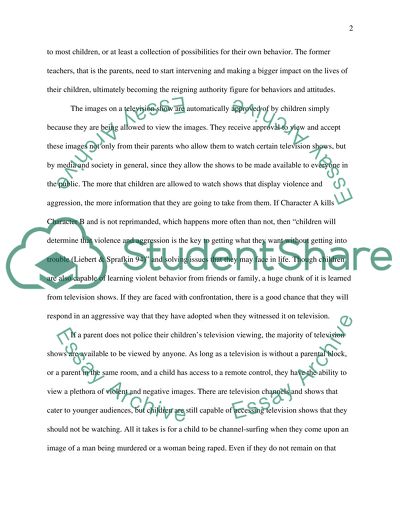Cite this document
(“Television, Music and American Children Research Paper”, n.d.)
Television, Music and American Children Research Paper. Retrieved from https://studentshare.org/sociology/1433257-television-music-and-american-children
Television, Music and American Children Research Paper. Retrieved from https://studentshare.org/sociology/1433257-television-music-and-american-children
(Television, Music and American Children Research Paper)
Television, Music and American Children Research Paper. https://studentshare.org/sociology/1433257-television-music-and-american-children.
Television, Music and American Children Research Paper. https://studentshare.org/sociology/1433257-television-music-and-american-children.
“Television, Music and American Children Research Paper”, n.d. https://studentshare.org/sociology/1433257-television-music-and-american-children.


